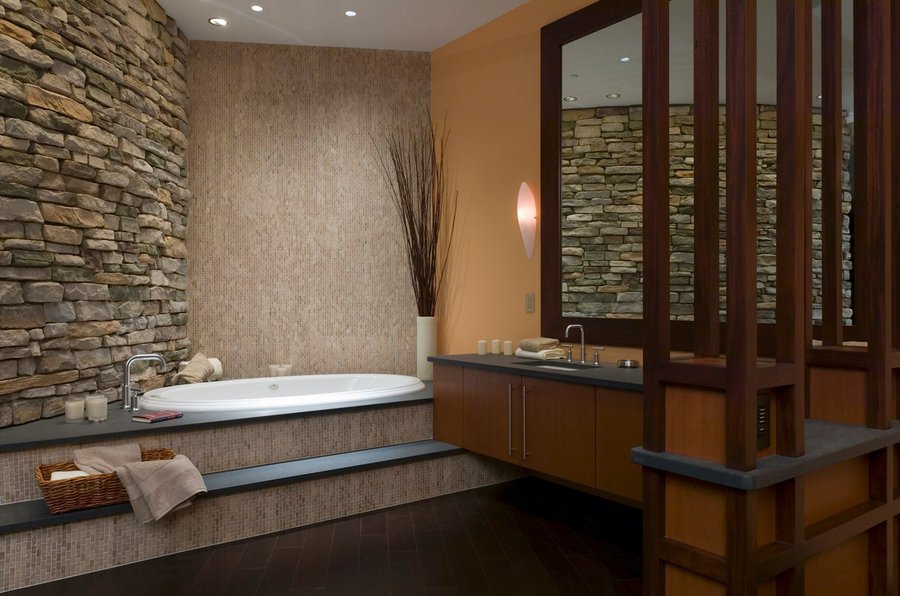3 Mistakes That Make Lighting Designers Cringe
Good Lighting Design Is Essential for Any Space
When you walk into a room, do you notice the light? If it doesn’t call attention to itself, you might not. But if it’s too bright or too dark, you’ll tend to notice. Chances are you can fix darkness and brightness, but you may not be able to adjust for too much glare from overhead lights or light temperature that’s too cold or warm for what you may be doing.
Professional lighting designers will quickly notice these issues. They know when a room doesn’t work for a given task, whether it’s food preparation in a kitchen or working in a home office. Here are three lighting mistakes that you don’t want to make in your Southampton, NY home!
SEE ALSO: Circadian Lighting: The Benefits of Natural Light Indoors
GLARE
Overly bright lighting can cause glare from room surfaces. Imagine pendant lights reflecting polished granite counters or floors or certain furniture finishes. Too much glare can cause eye fatigue, so you need lighting that can be precisely dimmed or is well spread. The cure for this ill is to have an intelligent combination of lighting sources that include different brightness levels. The optimal combination of lighting will depend on many factors like the room layout, windows, finishes, ceiling heights, and other details.
UNEVEN LIGHTING
Lighting designers tend to find the gravest mistakes in rooms like bathrooms, where good lighting is essential. Many bathrooms have bright overhead lights over a mirror and in the ceiling, but otherwise may be terrible for applying makeup because the lighting is unnatural. Living areas sometimes suffer from bright zones and dark corners. The cure for these issues is a lighting design technique called layered lighting. Layered lighting considers the room design, its main purposes, and features that light could highlight (or even minimize). While layered lighting can’t solve all lighting issues, it provides a set of tools to make a space look its best.
INFLEXIBLE LIGHTING
Lighting needs to be able to adapt to how you use your space. In a kitchen, you may need bright lighting when cooking but softer lights for dinnertime or entertaining. In a living area, your lighting needs to accommodate sitting comfortably on a favorite chair to read or watching TV or a movie with the family. Both layered lighting design and smart lighting control can create the right illumination for a space, and lighting control can take all the work out of creating the perfect lighting scene for any activity. At the touch of a button, any room can transform with all the lighting sources setting themselves to the right levels for whatever activity is upcoming.
Would you like lighting design assistance for your Southampton home? Get in touch with us here to get started; we would love to work with you!

